Gartner’s Magic Quadrant For WAN Edge Infrastructure 2021: HPE Joins Leader Circle Thanks To Silver Peak Buy
The 2021 report saw HPE join the Leader quadrant after buying SD-WAN specialist Silver Peak last year, while last year’s Leaders also held on to their top spots. Here are the vendors that made the cut in this year’s WAN edge report.

Gartner’s four-year-old Magic Quadrant For WAN Edge Infrastructure report has seen its fair share of shakeups as market consolidation in the crowded SD-WAN market struck, and as more vendors joined the winner’s circle, i.e., the Leader quadrant.
This year saw six Leaders, with one newbie joining the fray. HPE, with Aruba Networks and Silver Peak, shot up from Visionary into the Leader quadrant as the company’s market visibility increased dramatically thanks to the Silver Peak acquisition. Cisco, a Leader last year and Challenger in 2019, retained its top spot on this year’s quadrant. The security players also held down the top spots on the report, while standalone SD-WAN-turned-SASE specialist Versa held onto its Leader title. Then there’s the companies that made SD-WAN deals last year that are helping the parent companies grow their WAN edge mindshare, like CradlePoint, now owned by Ericsson, and Juniper Networks, which bought 128 Technologies and moved from a Niche Player, to Visionary.
The first Magic Quadrant for WAN Edge Infrastructure published in 2018 included 20 providers, while this year’s report listed 15. Left off this year’s report was privately held communications vendor Teldat, which was dropped because it failed to meet the inclusion criteria, and former Leader Silver Peak, which was acquired by HPE.
The WAN edge market, which today is made up of SD-WAN and traditional branch routers is forecasted by Gartner to generate a compound annual growth rate of 2.6 percent in end-user spending from 2019 through 2025 -- the result of the robust growth of SD-WAN and the decline of traditional branch office routers. The research firm fully expects some aspects of the SD-WAN market to evolve into the SASE market.
Click through to see which vendors made the cut for Gartner’s 2021 Magic Quadrant for WAN Edge Infrastructure.
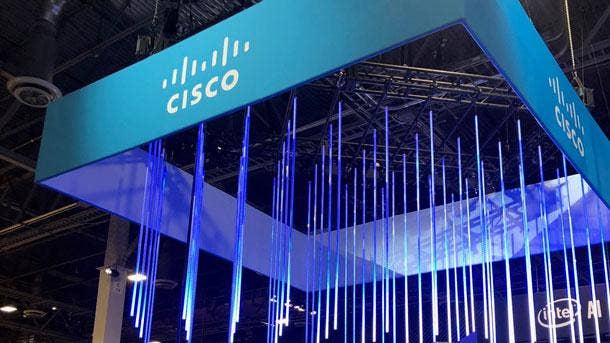
Leader: Cisco
Celebrating its third year as a leader, Cisco Systems comes to the market with its flagship offering: Cisco SD-WAN powered by Viptela, as well as its second offering for leaner IT organizations: Cisco SD-WAN powered by Meraki. Both offerings include hardware and software appliances, and associated orchestration and management.
San Jose, Calif.-based Cisco has a whopping 40,000-plus WAN edge customers and a deep global channel bench, which allows it to address nearly all customer use cases on a global basis. The company also has a strong SASE vision, Gartner said.
The company, however, offers limited integration between its Meraki and Viptela platforms. Its offerings are also priced high in the market, Gartner said.
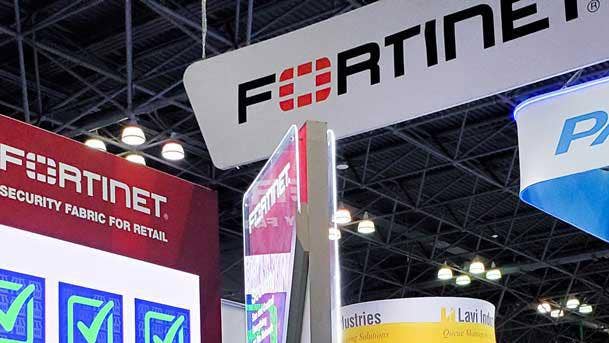
Leader: Fortinet
A leader for the second year in a row, network security powerhouse Fortinet is coming to the market with FortiGate Secure SD-WAN product, which includes physical, virtual appliances and cloud-based services managed with FortiManager orchestrator.
The Sunnyvale, Calif.-based company is estimated to have more than 34,000 WAN edge customers with more than 10,000 SD-WAN customers. Fortinet’s well-rounded WAN edge product offers a robust and versatile security solution, along with solid application performance optimization and SD-WAN capabilities, Gartner said.
However, Gartner warned that Fortinet lacks a strong security partner ecosystem for building a multivendor SASE offering.
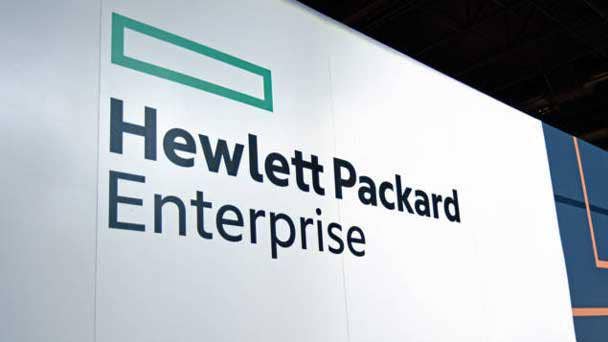
Leader: HPE (Aruba and Silver Peak) went from Visionary
Aruba networks, a Hewlett Packard Enterprise company, in July 2020 bought SD-WAN market leader Silver Peak for $925 million, which throttled the once-Visionary vendor into the Leader quadrant. HPE-owned Aruba comes to the market with its Secure Edge Portfolio, which includes its flagship Aruba EdgeConnect SD-WAN Edge Platform based on Silver Peak technology, and Aruba Orchestrator centralized management software and optional Aruba Boost WAN optimization. It also offers Aruba SD-Branch, a unified architecture with AIOps, LAN, WLAN, WAN and security.
However, Gartner warns that having two established offerings in the market could lead to customer confusion and limited investment protection. The offerings also lack native advanced security capabilities such as cloud security because Aruba partners with third-party security providers.

Leader: Palo Alto Networks
Platform security vendor Palo Alto Networks was a newcomer to last year’s quadrant, but once again joined the ranks as a Leader after acquiring San Jose, Calif.-based SD-WAN startup CloudGenix for $420 million in March 2020. The company’s leading offering is Prisma SD-WAN, which includes Instant-On Network (ION) edge appliances and orchestration. It can be integrated with Prisma Access to deliver a single-vendor SASE solution. It also has a branch firewall, with limited SD-WAN capabilities that may be deployed for niche use cases, according to Gartner.
Because of its legacy as a security provider, Palo Alto Networks is one of the players leading the charge toward a single-vendor SASE solution.
Palo Alto’s lineup lacks core WAN optimization functions and lacks a full-featured, small-platform appliance, because it doesn’t have integrated Wi-Fi or 5G/4G functionality, Gartner warns.
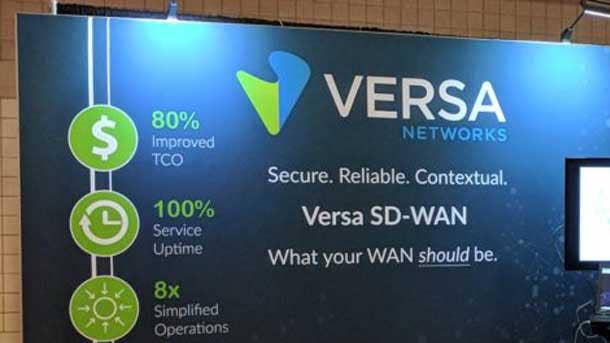
Leader: Versa Networks
Versa Networks went from Visionary for the first two years of the WAN edge Magic Quadrant report to Leader in 2020 and 2021, thanks to its strong focus on combining SD-WAN with other branch networking functions, including routing and security. The company comes to market with its full-featured Versa Operating System (VOS), which can be delivered on the Versa branch Cloud Services Gateways (CSG) or third-party hardware, along with the Versa Director and Versa Analytics managed by the Concerto orchestration platform. Versa’s second offering is VOS with Titan, a cloud-based solution with limited native features designed for SMBs.
Versa offers one of the broadest and most-capable solutions in this market and the most-complete, single-vendor SASE solutions on the market, according to Gartner.
Versa still relies heavily on the carrier and service provider channel as a route to market, which could limit its reach. At the same time, many of Versa’s competitors are larger and have more financial and channel resources, which could affect the vendor’s ability to grow geographically, Gartner said.
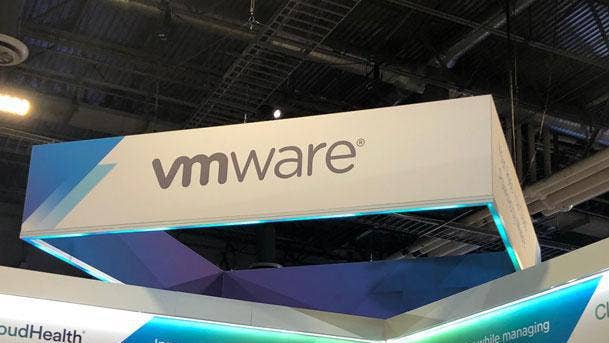
Leader: VMware
A leader for the fourth year running, the company’s offering is branded as VMware SD-WAN, and is part of VMware SASE. The solution includes edge appliances (hardware and software), gateways — VMware points of presence (POPs) offering various services — and an orchestrator and its Edge Network Intelligence. VMware provides additional optional security via VMware Cloud Web Security and VMware Secure Access.
VMware has more than 14,000 SD-WAN customers and a strong global channel.
Gartner warns that VMware relies on Menlo technologies as an OEM for its products’ key security functionality, which may limit its ability to rapidly address emerging customer security needs.

Challenger: Citrix
Once again a Challenger, desktop virtualization leader Citrix has one of the broadest sets of capabilities, including SD-WAN, application performance optimization, security and cloud connectivity, of any vendor in the Magic Quadrant. Its offering is Citrix SD-WAN, which includes physical, virtual appliances and Cloud Direct service managed via the Citrix SD-WAN Orchestrator. The company’s large installed base of customers using other Citrix products, such as Citrix Workspace, offers Citrix the opportunity to expand its customer base in this market, Gartner said.
However, in the SD-WAN market, Citrix’s overall visibility is not as strong as its competitors and its go-to-market is limited globally, especially in North America, with service providers, which affects its ability to reach clients and grow, Gartner warns.
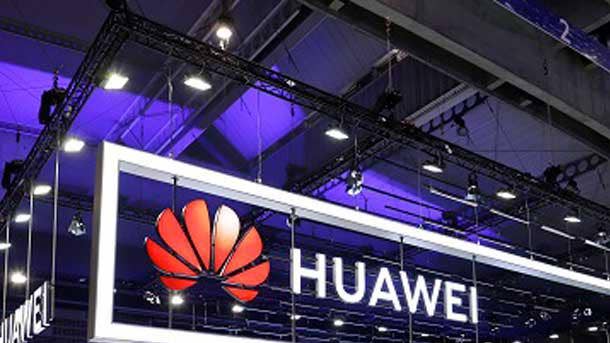
Challenger: Huawei
Shenzhen, China-based telecom and networking heavyweight Huawei is addressing the WAN edge market with its NetEngine AR series routers, HiSecEngine USG series gateways and the iMaster NCE Orchestrator. It’s estimated to have more than 20, WAN edge customers and is a dominant vendor in China. Huawei has experience and proven scale with extremely large deployments, as well as a strong channel ecosystem.
However, Huawei doesn’t have meaningful exposure to the U.S., Canadian, U.K., Australian and Indian markets, due to geopolitical issues, which limits the vendor’s ability to grow, Gartner has warned consistently about the vendor for the last three years.
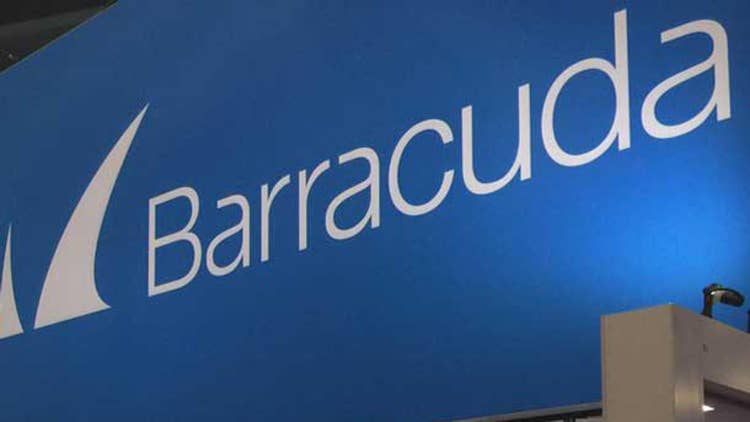
Niche Player: Barracuda
Consistent Niche Player Barracuda’s WAN edge flagship product is CloudGen Firewall, which includes hardware and software appliances, as well as associated orchestration and management. It also has the CloudGen WAN, which is a cloud-native service now deployed in Microsoft Azure, a tech giant in which the Campbell, Calif.-based Barracuda is tightly aligned. The company operates primarily in North America and Europe and is focused on security-first, cost-effective solutions for midsize enterprise customers.
Gartner warns that the vendor has low market visibility and limited AI capabilities. It also has a weak partner ecosystem, with limited integration and orchestration with third-party cloud security vendors.

Niche Player: Cradlepoint
Once again in the Niche Player quadrant, Cradlepoint is expected to become more relevant in the enterprise networking market now under Ericsson, who bought the company in November 2020 for a cool $1.1 billion. The Boise, Idaho-based company has deep knowledge of the wireless networking, 4G and 5G markets and offers its Cradlepoint NetCloud service with NetCloud Manager, which can be used with its E, R, W, AER and IBR Series of physical routers and adapters with NetCloud Perimeter and Cloud Virtual Router (CVR). Gartner estimates Cradlepoint has approximately 9,000 WAN edge customers.
Gartner warns that the company has limited market visibility and doesn’t align well with customer use cases in which cellular wireless isn’t part of the solution.

Niche Player: FatPipe Networks
FatPipe Networks comes to the market with its flexible FatPipe MPVPN, which includes physical and virtual appliances managed through the FatPipe Symphony orchestrator and can be hosted on-premises or in the cloud. Gartner estimates that it has more than 2,000 WAN edge customers and the company was among the first vendors to offer SD-WAN functionality.
However, the 19-year-old Salt Lake City-based company has limited market visibility and a limited global presence, Gartner warned.
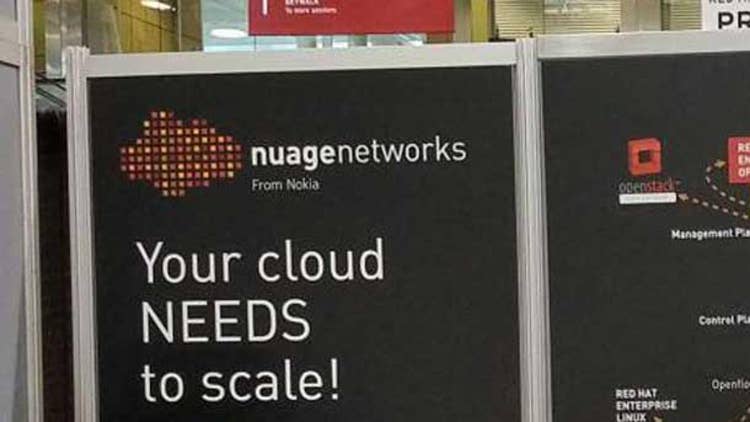
Niche Player: Nuage Networks
Sitting in the Niche Player quadrant once again is Nuage Networks, which is owned by Nokia. The company had an early start in the SD-WAN market with its offering, Virtualized Network Services (VNS), which includes Network Services Gateways (NSG) managed by the Nuage Networks Virtualized Services Platform (VSP) controller. Gartner estimates that it has more than 2,500 enterprise WAN edge customers and the company operates mostly through carrier channels.
The Mountain View, Calif.-based company is mostly focused on service provider customers and its offerings do not address all of the ways that clients consume SD-WAN, Gartner warned.
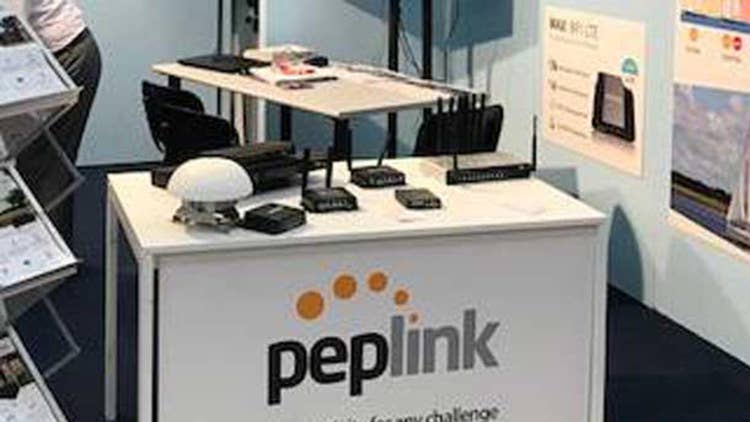
Niche Player: Peplink
Peplink, a small, Hong Kong-based vendor that caters to SMBs finds itself in the Niche Player quadrant again thanks to its two offerings: Balance for enterprise branch SD-WAN and MAX for Industry and mobility SD-WAN. A lower-cost solution, Peplink has strong capabilities targeted at wireless WAN use cases and the corresponding verticals, Gartner said.
Peplink has limited market visibility and also lacks rich SD-WAN functionality, cloud features and security features, when compared with other vendors in the Magic Quadrant, Gartner warned.

Niche Player: Riverbed
Privately owned Riverbed this year once again landed in the Niche Player quadrant with its two global offerings: it’s primary SteelConnect EX with integrated Versa VOS, which is based on a partnership with Versa Networks, which includes the edge appliance hardware and orchestrator. For smaller customers, Riverbed offers SteelConnect CX offering is for smaller customers.
Riverbed has lost market share in this market during the past two years, and Gartner warned that channels that once sold Riverbed WAN optimization have moved on to sell other vendors’ SD-WAN solutions.
Gartner said that Riverbed did not respond to requests for supplemental information or to review the draft contents of the Maqic Quadrant this year.
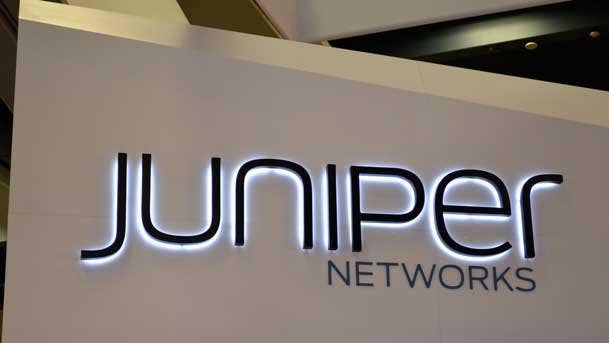
Visionary: Juniper Networks
Singularly holding down the Visionary category is Juniper Networks. The Sunnyvale, Calif.-based provider was late to the SD-WAN market, but in December 2020, acquired 128 Technology for $450 million, which is now its flagship SD-WAN product. Juniper comes to the market with its Juniper AI-driven SD-WAN, which includes Session Smart Routers, Session Smart Conductor and Mist WAN Assurance, with Marvis Virtual Network Assistant, which is helping enterprises simplify network operations and increase network uptime. The company, which is expected to continue to build out its SASE offering, is estimated to have more than 18,000 WAN edge customers.
Juniper has limited SD-WAN market visibility thanks to its late start, as well as limited sales channels compared with larger vendors in this market, which may affect its ability to grow, Gartner warns.